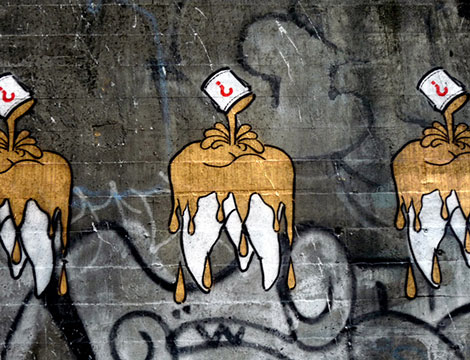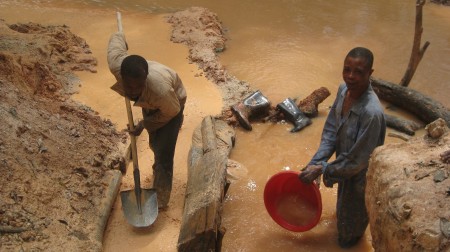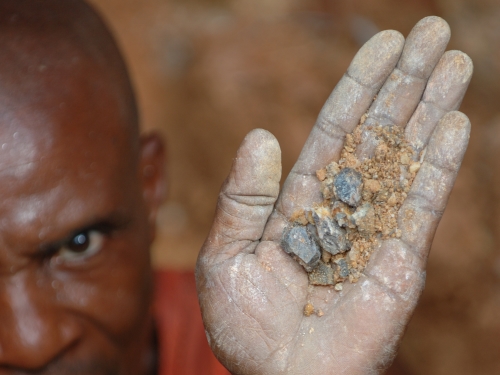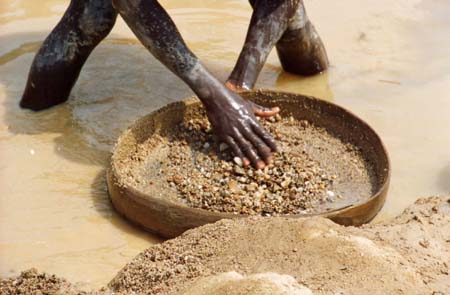
This article was originally published by openDemocracy on 25 November 2016.
Illegal gold exchanges between the global North and South are fuelling violence and exploitation, but most consumers are oblivious.
While the violence and exploitation associated with the illegal diamond trade is now widely known, there is far less global awareness of the violence associated with gold extraction. In 2014, an investigative journalism piece documented the illegal gold exchanges between some South American countries and those in the global North—on the one side Colombia, Bolivia, Peru and Brazil, and on the other Canada, the United States, Switzerland, Falkland Islands, Panama, and several European countries. This report found that not only does illegal gold mining adversely affect a country’s tax revenues, it is also directly related to human trafficking—particularly of children—and the perpetuation of conflict by funding armed groups.
While mining in general creates various problems (e.g., contamination of water sources, displacement of local populations), these problems are magnified when mineral extraction is done outside the legal regulatory framework. At this point it is necessary to make a distinction between illegal and informal mining because these tend to be confused. The first cannot be formalized due to certain characteristics (for instance, it violates environmental laws or has unsafe labour conditions) that lead to criminal mining. Informal mining, however, is defined by the lack of legal mining titles and often can be formalized eventually. The problem with illegal mining is that the lack of mining titles facilitates gold trafficking.




